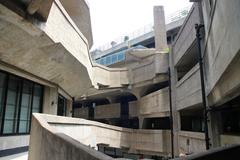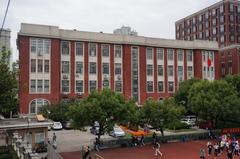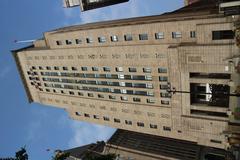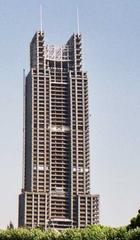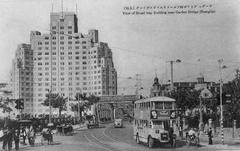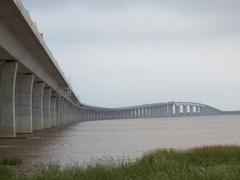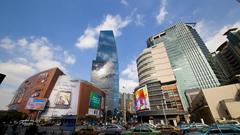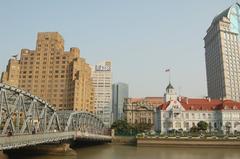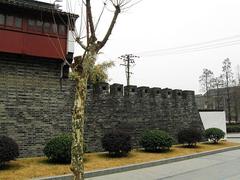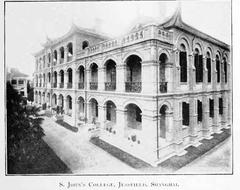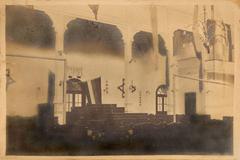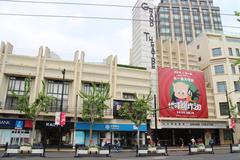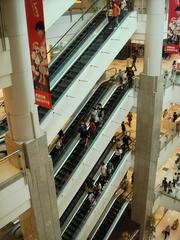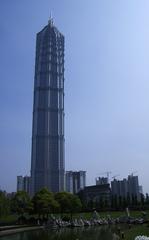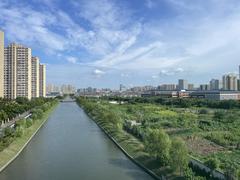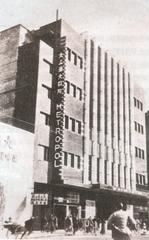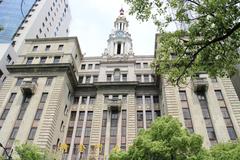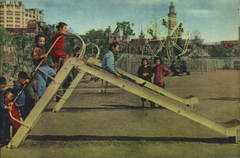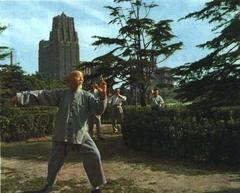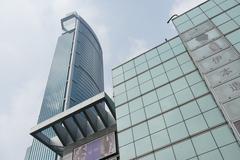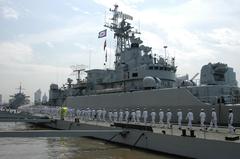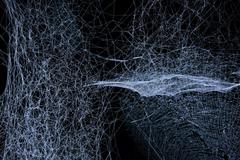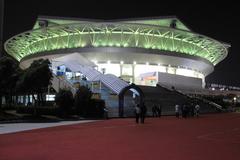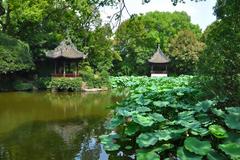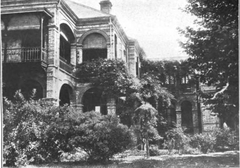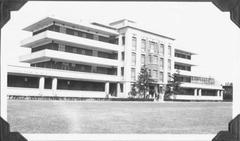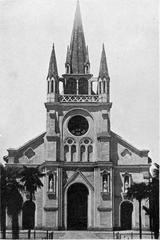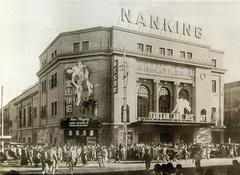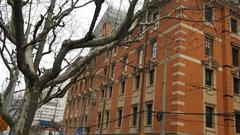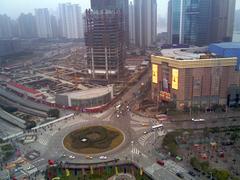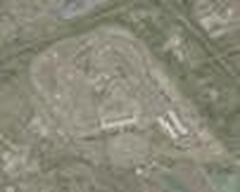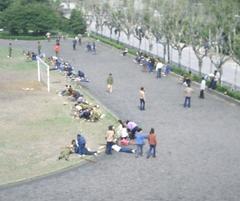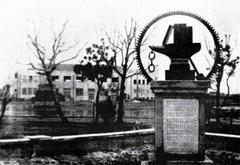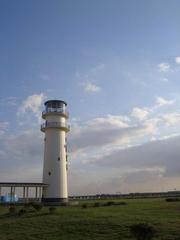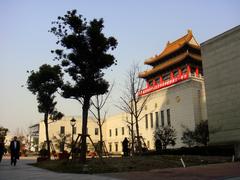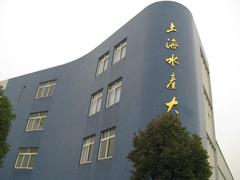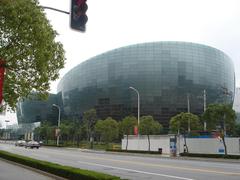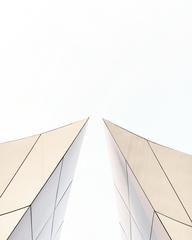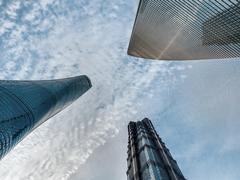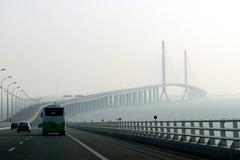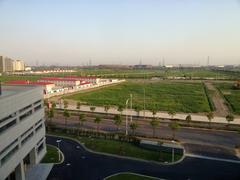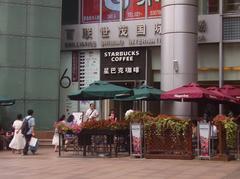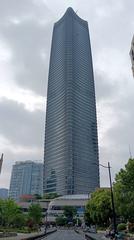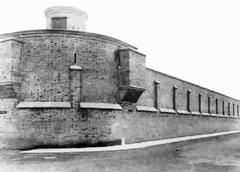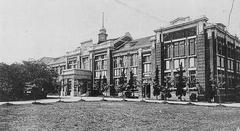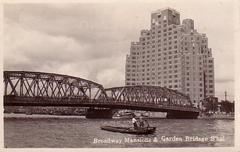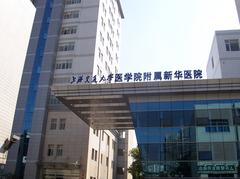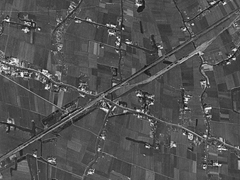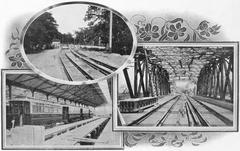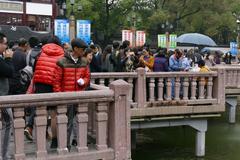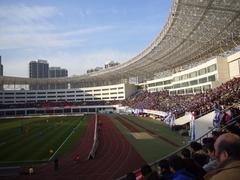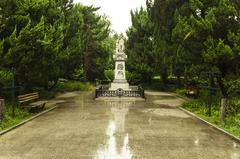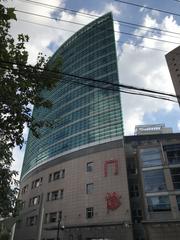Comprehensive Guide to Visiting Beiheng Tunnel, Shanghai
Date: 31/07/2024
Introduction
Shanghai’s 北横通道 (Beiheng Tunnel), also known as the North-South Elevated Road, symbolizes the city’s rapid urban development and commitment to improving urban mobility. This comprehensive guide provides potential visitors with valuable insights into this significant infrastructure project, which has alleviated traffic congestion and enhanced connectivity across Shanghai (Zoe Goes Places). By delving into its history, cultural significance, and practical visitor information, this guide ensures that travelers can navigate the Beiheng Tunnel with ease and make the most of their time in Shanghai. From tips on the best times to visit to safety guidelines and local customs, this guide covers all aspects to ensure a seamless and enriching experience for every visitor.
Table of Contents
- Understanding 北横通道
- History and Cultural Significance
- Visitor Information
- Best Time to Visit
- Navigating 北横通道
- Safety Tips
- Cultural Etiquette
- Language Tips
- Connectivity and Internet
- Health and Safety
- Currency and Payments
- Accommodation
- Local Cuisine
- Nearby Attractions
- Accessibility
- FAQ
Understanding 北横通道
北横通道, also known as the North-South Elevated Road, is a significant infrastructure project in Shanghai, designed to alleviate traffic congestion and improve connectivity across the city. This modern marvel of engineering is not just a functional roadway but also a testament to Shanghai’s rapid urban development and commitment to improving urban mobility.
History and Cultural Significance
The 北横通道 project is a crucial part of Shanghai’s urban planning and development. It symbolizes the city’s efforts to modernize its infrastructure while preserving its unique cultural heritage. Understanding the historical context of this project can enrich your visit and appreciation of Shanghai’s growth and evolution.
Visitor Information
Visiting Hours
北横通道 is a public road and is accessible 24/7. However, for a more enjoyable experience, it is advisable to avoid peak traffic hours, typically from 7:30 AM to 9:30 AM and 5:00 PM to 7:00 PM.
Tickets
There are no tickets required to access 北横通道 as it is a public roadway.
Best Time to Visit
Shanghai experiences a humid subtropical climate, with hot summers and cold winters. The best times to visit are during the spring (March to May) and autumn (September to November) when the weather is mild and pleasant. During these periods, you can enjoy the city’s attractions without the discomfort of extreme temperatures. Summers can be particularly scorching, with temperatures often reaching the high 30s Celsius (Zoe Goes Places).
Navigating 北横通道
By Car
Driving on 北横通道 can be a convenient way to traverse the city, especially if you plan to visit multiple attractions spread across Shanghai. Using a reliable navigation app like Baidu Maps or Amap (since Google Maps is not available in China) can help you avoid traffic jams and find the best routes (Zoe Goes Places).
By Taxi
Taxis are a convenient option for tourists. Ensure you use licensed taxis, which are usually metered and have a clear identification number. It’s advisable to have your destination written in Mandarin to show the driver, as not all taxi drivers speak English. For longer distances, such as traveling from Pudong International Airport to the city center, expect to pay around 200-250 RMB (Tourist Secrets).
Safety Tips
Shanghai is generally a safe city for tourists, but it’s always wise to take standard precautions:
- Pickpocketing: Be vigilant in crowded areas and keep your valuables secure. Avoid placing your phone or wallet in back pockets.
- Scams: Be cautious of overly friendly strangers offering unsolicited help or services.
- Emergency Contacts: Familiarize yourself with local emergency numbers. The general emergency number in China is 110.
Cultural Etiquette
Respecting local customs and etiquette can enhance your experience in Shanghai:
- Greetings: A simple nod or a slight bow is a common greeting. Handshakes are also acceptable but may be less firm than in Western cultures.
- Personal Space: Chinese people value personal space, so avoid standing too close to others in queues or public places.
- Dining Etiquette: When dining, it’s polite to wait for the host to start eating first. Avoid sticking chopsticks upright in your bowl, as this resembles incense sticks used in funerals (Tourist Secrets).
Language Tips
While Shanghai is a cosmopolitan city, English is not widely spoken outside of major tourist areas. Learning a few basic Mandarin phrases can be very helpful:
- Hello: 你好 (Nǐ hǎo)
- Thank you: 谢谢 (Xièxiè)
- Yes: 是 (Shì)
- No: 不是 (Bù shì)
Using translation apps like Pleco or Google Translate (with offline mode) can also assist in communication.
Connectivity and Internet
China has strict internet regulations, and many Western websites and apps, including Google, Facebook, and Twitter, are blocked. To stay connected, consider using a VPN service that works in China. Additionally, local apps like WeChat and Alipay are essential for communication and payments. WeChat Pay and Alipay are widely accepted, even for small transactions, making them convenient for tourists (Zoe Goes Places).
Health and Safety
- Water: Tap water in Shanghai is not safe to drink. Always opt for bottled water, which is readily available.
- Healthcare: Shanghai has numerous international hospitals and clinics. It’s advisable to have travel insurance that covers medical expenses.
- Pollution: Air quality can vary, so check daily pollution levels and wear a mask if necessary, especially if you have respiratory issues.
Currency and Payments
The local currency is the Chinese Yuan (RMB). While credit cards are accepted in many places, cash is still king, especially in smaller shops and markets. ATMs are widely available, but ensure your card is compatible with Chinese banking networks. Mobile payments via WeChat Pay and Alipay are ubiquitous and can be used for almost all transactions (Zoe Goes Places).
Accommodation
Staying near a Metro Line 2 station is recommended as it connects many key areas of the city. Shanghai offers a wide range of accommodation options, from budget hostels to luxury hotels. Booking in advance is advisable, especially during peak tourist seasons (Tourist Secrets).
Local Cuisine
Shanghai is renowned for its culinary scene. Don’t miss trying local delicacies such as:
- Xiaolongbao: Steamed soup dumplings.
- Shengjianbao: Pan-fried pork buns.
- Hairy Crab: A seasonal delicacy typically enjoyed in autumn.
Exploring street food markets can also be a delightful experience, offering a variety of snacks and dishes that reflect the city’s rich culinary heritage (Tourist Secrets).
Nearby Attractions
While visiting 北横通道, consider exploring nearby attractions such as The Bund, Yu Garden, and the Shanghai Museum. These sites offer a glimpse into Shanghai’s historical and cultural wealth.
Accessibility
北横通道 is accessible by various modes of transport, including cars, taxis, and public buses. Ensure to check for any travel advisories or roadworks that may affect your visit.
FAQ
- What are the visiting hours for 北横通道? 北横通道 is accessible 24/7.
- How much do tickets cost for 北横通道? There are no tickets required as it is a public roadway.
- What is the best time to visit 北横通道? The best times to visit are during spring (March to May) and autumn (September to November).
Conclusion
By following these tips, you can navigate 北横通道 and Shanghai with ease, ensuring a safe, enjoyable, and culturally enriching experience. Whether you’re exploring the city’s modern marvels or delving into its rich history, Shanghai offers a unique blend of tradition and innovation that is sure to captivate any traveler. For more travel tips and updates, be sure to download our mobile app Audiala, check out our other related posts, and follow us on social media (Tourist Secrets).
